Section 8: Basic Driving
Stopping
Listen to this Lesson
Apply the brake smoothly and use steady pressure. Come to a complete stop at traffic signs and signals.
Check your mirrors for traffic to the rear. Move your foot to the brake pedal. Press steadily until your vehicle comes to a stop.
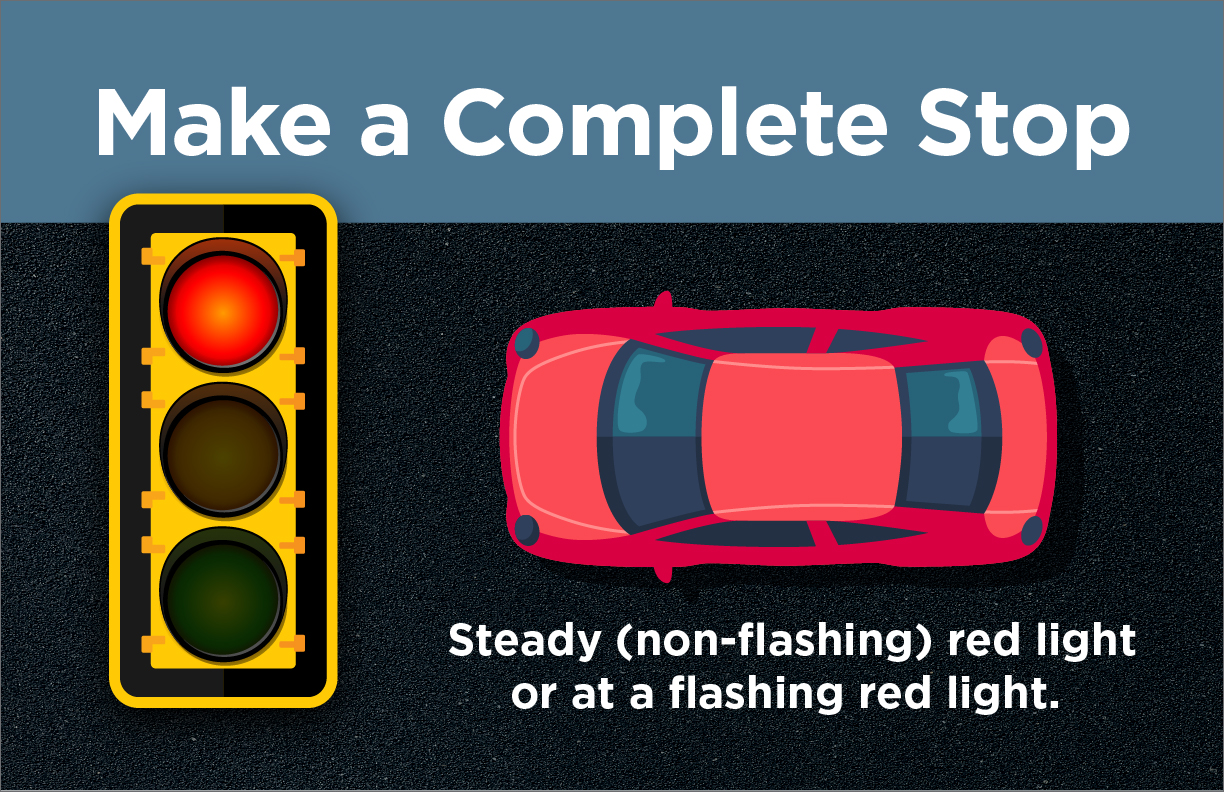
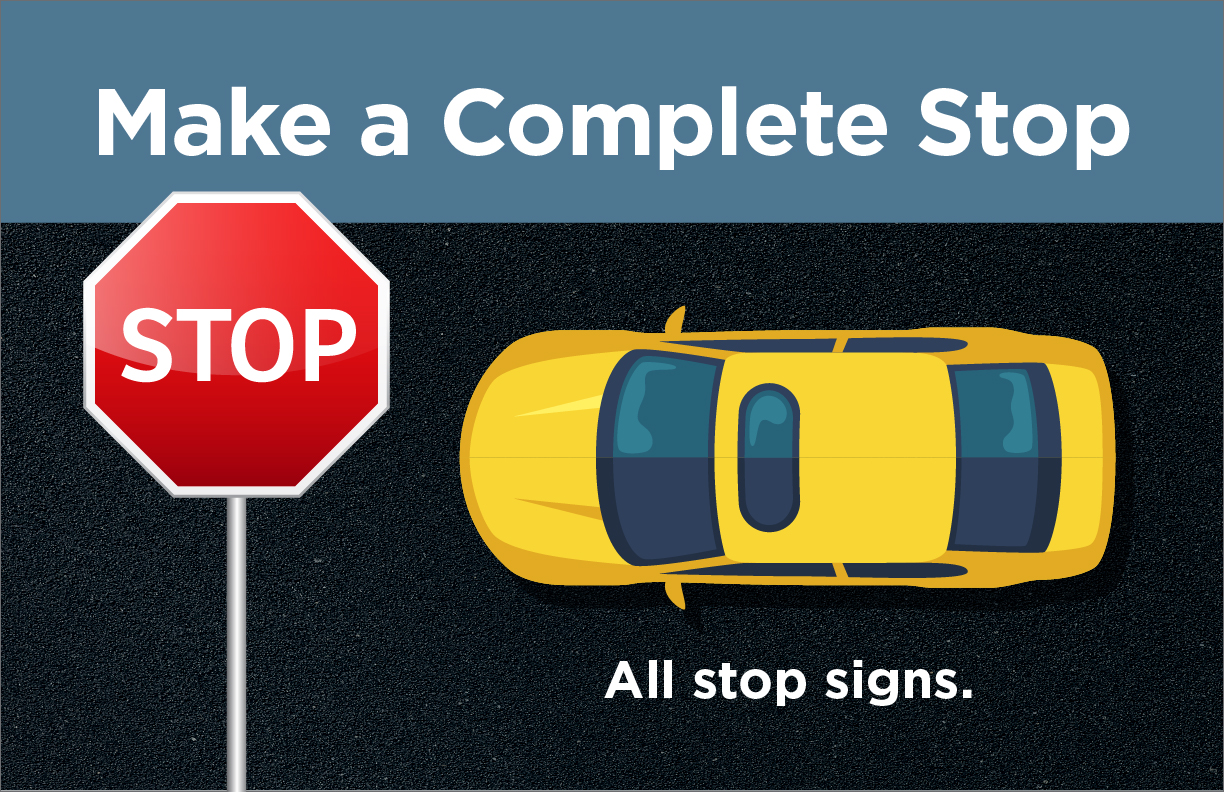
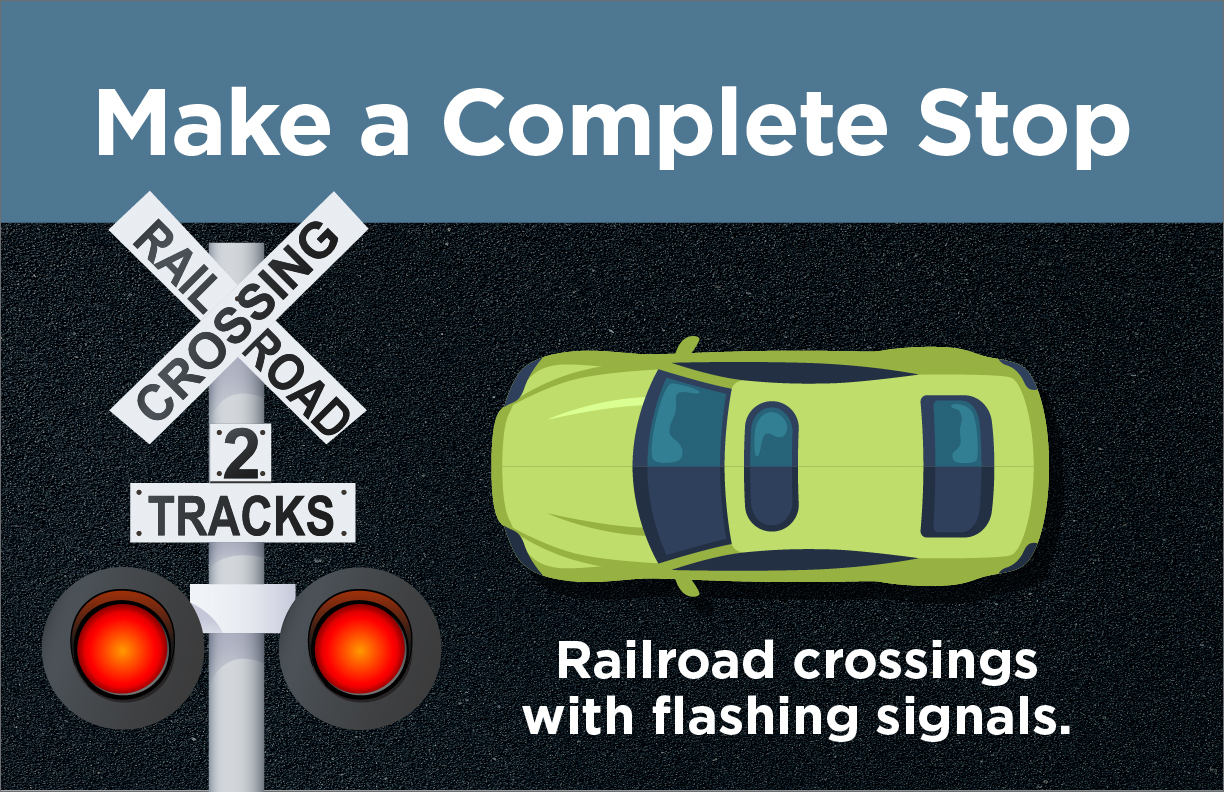
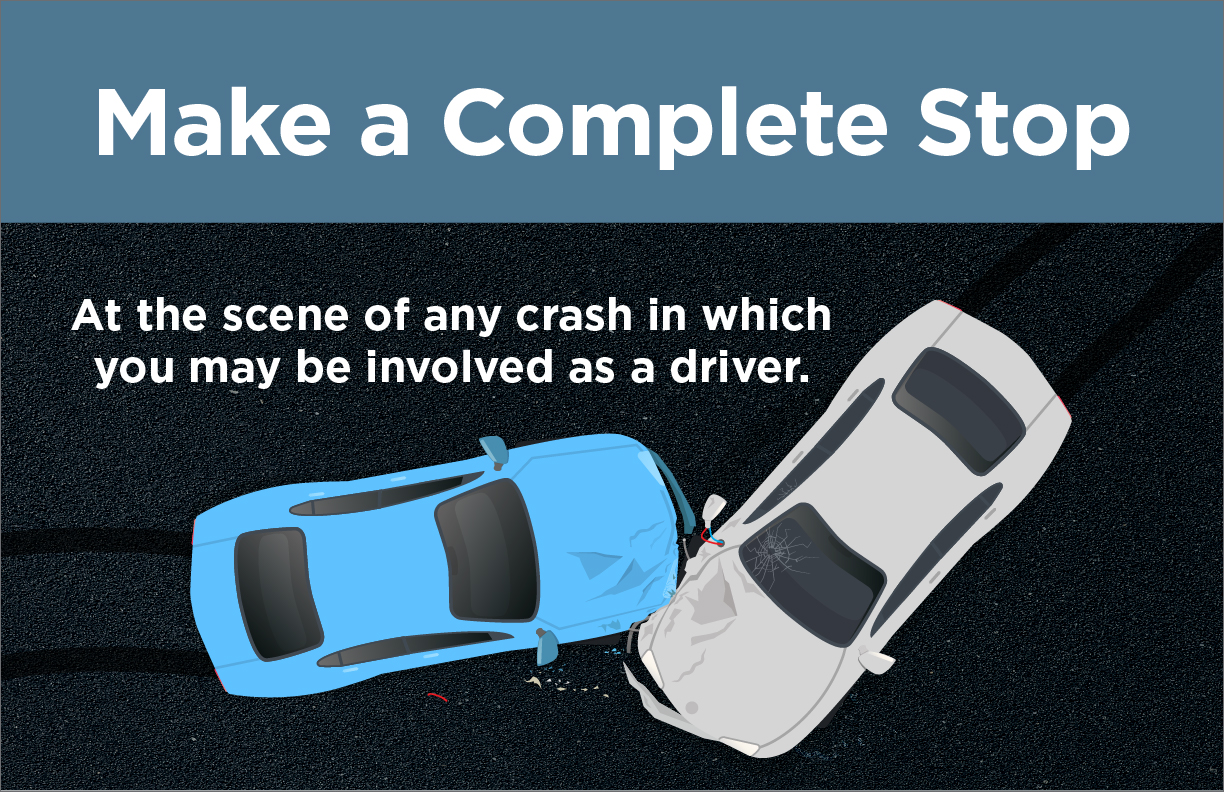
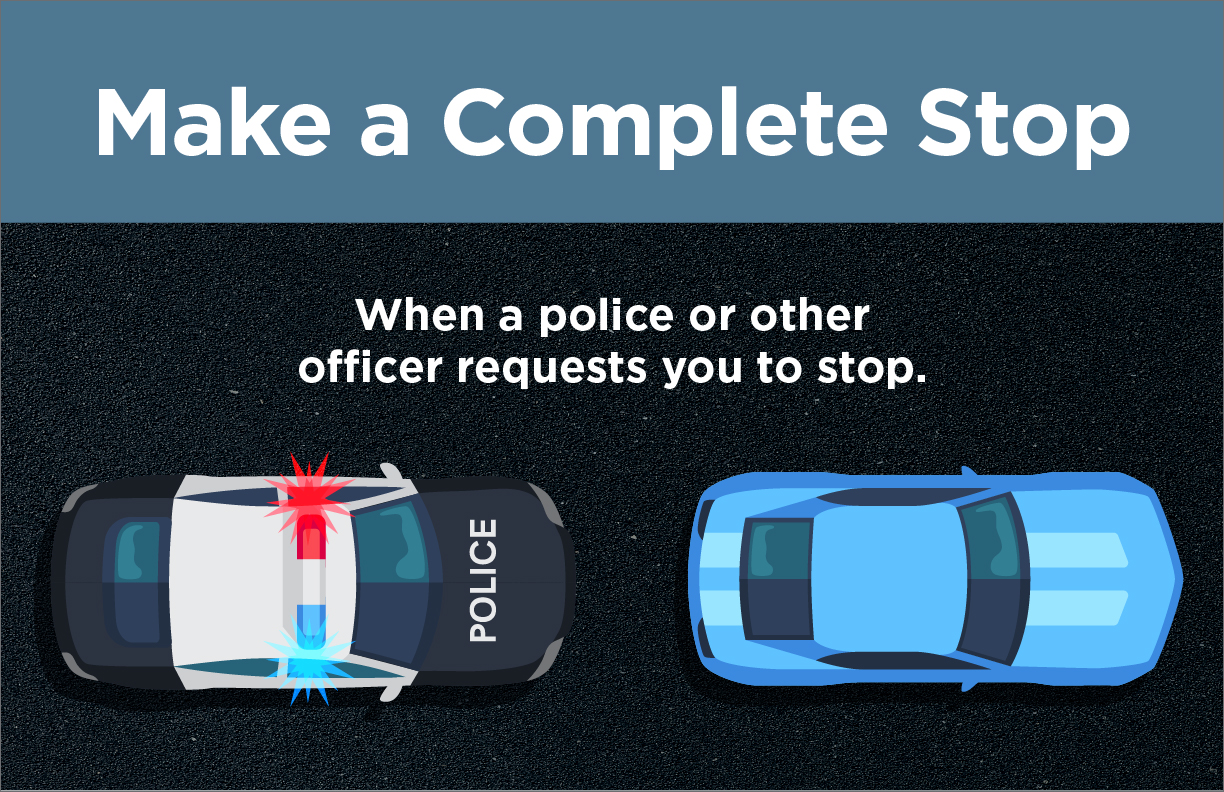
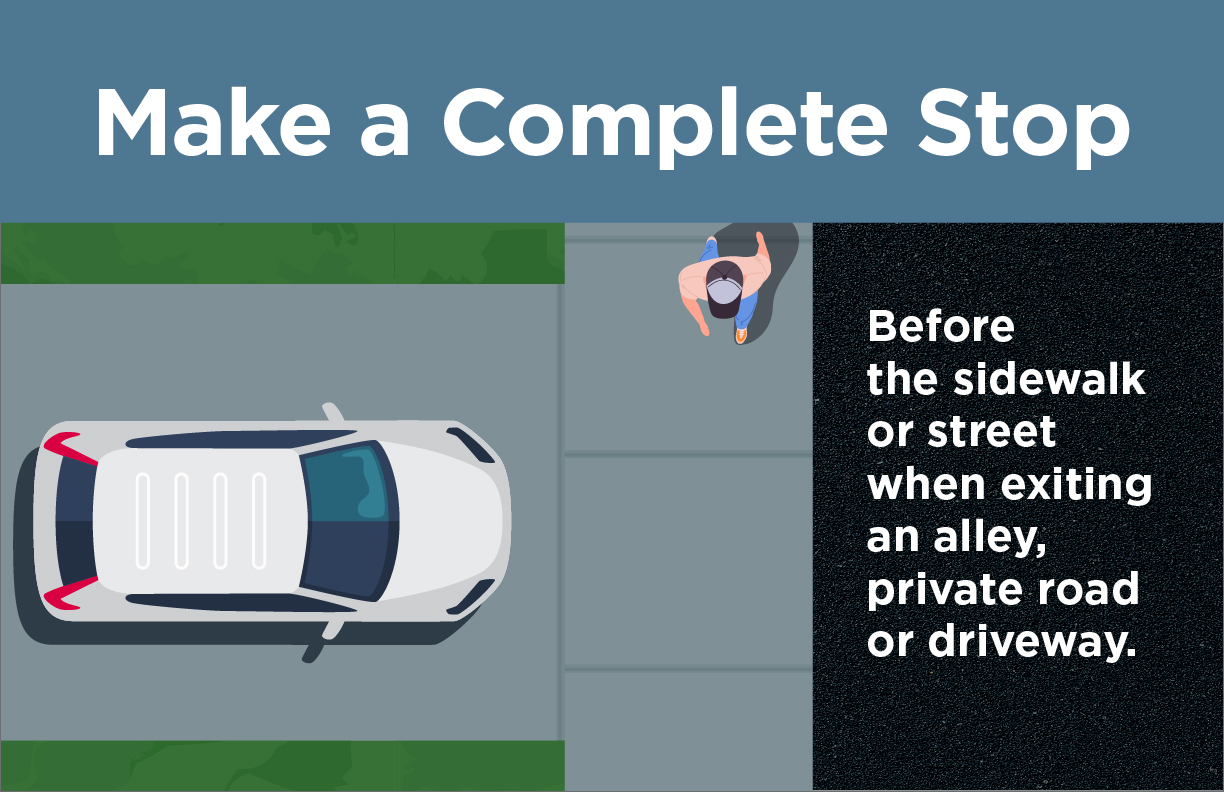
School Bus Stopping
- Traveling on a two-lane roadway, traffic in both directions must stop.
- If traveling on a divided highway with four (4) or more lanes with a median separating the traffic, it is only necessary for the vehicles in both lanes behind the school bus to stop, not the traffic traveling in the opposite direction.
- Traveling on a four-lane roadway without a median, traffic in both directions is required to stop.
- Traveling on a highway with five (5) or more lanes and a shared center turn lane is only required for the vehicle’s in both lanes behind the school bus to come to a complete stop. Vehicles traveling in the opposite direction are not legally required to stop.
It is important to note that although you may not be required by law to stop when you see a stopped school bus, you should be aware that students will be getting on and off the bus. Children are unpredictable and could run into the road at any time. Use caution while driving near school buses and adjust your speed accordingly.
School bus drivers may report vehicles that improperly pass school buses. The report may be forwarded to the local law enforcement agency for investigation. Fines can run up to $3000; remember, a conviction for passing a school bus illegally usually means an increase in insurance rates.
